Technically, yes, you need both. The MCU one goes next to the MCU, and the antenna one goes next to the antenna.
The network mentioned in the MCU datasheet is always required, because it converts the double ended output from the MCU into a single ended output for your antenna, and basically gives the MCU a 50 Ohm output.
The matching network for the antenna is so that the antenna can be precisely matched with the feedline and deliver the maximum amount of power into the air. Since the exact impedance of the antenna and the feedline will be affected by many things, like nearby components and casing etc, this is typically not set in stone during the design phase. As BB ON mentions, what usually happens is that the circuit designer puts the space for a pi matching network on the board, and then the board is assembled and put in the casing. Then a signal is put through the antenna, and the reflection is measured. Depending on the exact characteristics of the reflection, the pi network at the antenna is modified until the reflection is as small as possible.
If you're not going into production and the range isn't critical, then you can probably get away with not doing that final step and just putting the component values from the reference design. Your efficiency and range will suffer, but the device will probably still work.
If your feedline is very short, you might be able to skip the antenna one and just use the MCU one, as explained here. Note that you still need the full MCU one that you talk about in your question.
TL;DR yes you need both

